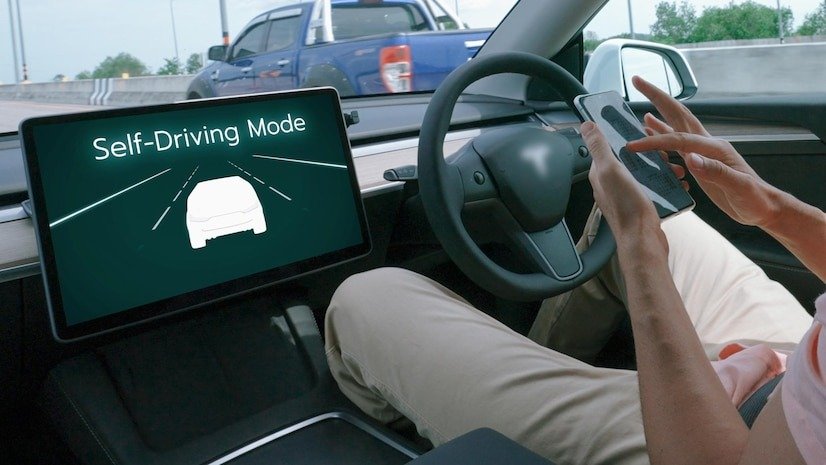Introdution
Driving an automatic car is easier than driving a manual one, but it still requires proper knowledge and practice. If you’re a beginner, learning the correct techniques will help you drive safely and confidently. This guide will take you through everything you need to know about how to drive an automatic car, including step-by-step instructions, safety tips, and common mistakes to avoid.
What is an Automatic Car?
An automatic transmission car does not require manual gear changes. Unlike a manual vehicle, which needs a clutch and gear shifting, an automatic car handles gear changes itself. This makes driving simpler, especially in heavy traffic.

Quick Fact
🔹 Over 95% of cars in the U.S. are automatic, whereas in Europe, manual cars are still more common.
Understanding the Automatic Gear Selector
Before you start driving, it’s essential to understand the gear options available in an automatic car:
- P (Park): Locks the transmission and prevents the car from moving.
- R (Reverse): Used when you need to back up the car.
- N (Neutral): Disengages the transmission; the car will roll if on an incline.
- D (Drive): Used for regular driving and allows the car to move forward.
- L (Low): Used for steep hills or towing heavy loads.
- S (Sport): Available in some cars to enhance performance.
Step-by-Step Guide to Driving an Automatic Car
Step 1: Adjust Your Seat and Mirrors
Before starting the car, adjust your seat position to ensure you can reach the pedals comfortably. Adjust your rearview and side mirrors for maximum visibility.
Step 2: Start the Engine
- Make sure the gear is in Park (P).
- Press the brake pedal with your right foot.
- Insert the key or press the start button.
- Keep the brake pressed while the engine starts.
Step 3: Shift to Drive (D)
- With your foot still on the brake, move the gear lever to Drive (D).
- Release the parking brake if it is engaged.
Step 4: Move Forward
- Slowly release the brake pedal. The car will start to move forward due to its creeping feature.
- Gently press the accelerator pedal to gain speed.
- Keep both hands on the steering wheel and maintain a safe speed.
Step 5: Slowing Down and Stopping
- To slow down, gradually press the brake pedal.
- If you need to stop completely, press the brake firmly and keep the car in Drive (D) if waiting at a signal.
Step 6: Parking the Car
- Bring the car to a complete stop.
- Shift the gear to Park (P).
- Engage the parking brake.
- Turn off the engine.
Common Mistakes to Avoid
🚫 Using Both Feet on Pedals – Always use only your right foot for the accelerator and brake.
🚫 Driving in Neutral (N) on Slopes – This reduces control and can be dangerous.
🚫 Sudden Acceleration – Always accelerate gradually to maintain control.
🚫 Not Using the Parking Brake – Relying only on “Park” can strain the transmission on slopes.
Safety Tips for Driving an Automatic Car
✅ Always wear your seatbelt before driving.
✅ Check your mirrors and blind spots before changing lanes.
✅ Maintain a safe following distance from other vehicles.
✅ Keep both hands on the steering wheel for better control.
✅ Never use a mobile phone while driving.
Benefits of Driving an Automatic Car
✔ Easier to Learn: No clutch or gear shifting required.
✔ Better in Traffic: No need to shift gears repeatedly.
✔ Smoother Ride: Automatic transmissions adjust gears efficiently.
✔ Safer for Beginners: Reduces distractions, allowing focus on the road.
Final Thoughts
Driving an automatic car is simple and convenient once you understand the basics. By following these steps, you’ll become a confident driver in no time. Always remember to stay alert, follow road rules, and drive responsibly. If you’re new to driving, consider joining a driving school for professional training.
Now, get behind the wheel and enjoy a smooth driving experience!
